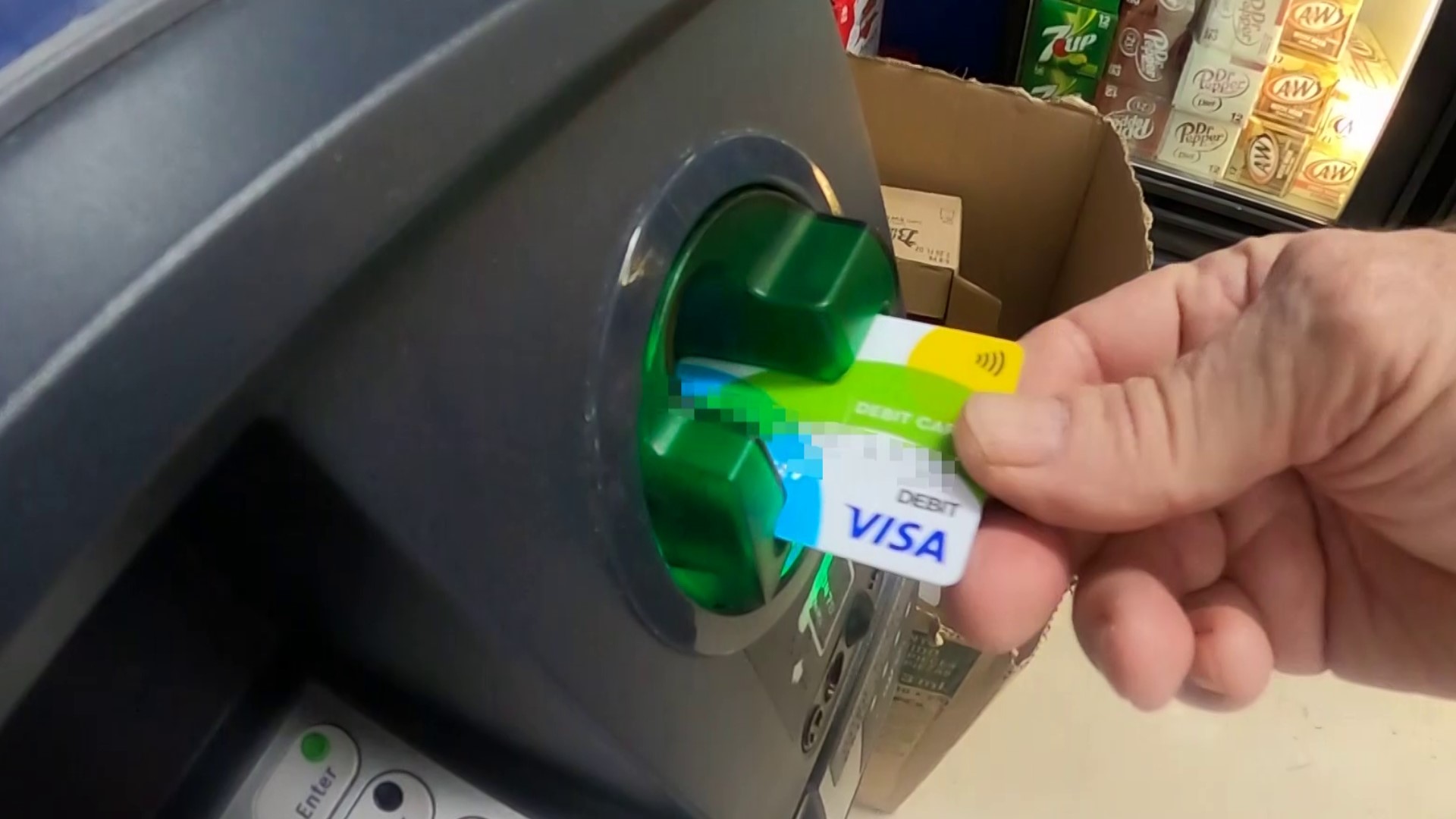ST. LOUIS — Jim Heinkel is relieved after finally getting back the money he lost at the ATM in south St. Louis.
“Nothing turned around until you guys shed some light on it," he said.
Last week, our I-Team met him at a convenience store where he went a few months ago as a favor for a neighbor.
“Who is handicapped is homebound, and he does his banking through an ATM, and he wanted cash out," he said.
Heinkel had to withdraw $800 but could only take out $200 at a time. He was busy counting the bills when $200 got sucked back into the machine. The same thing happened with his $20 bill after 30 seconds. There was no countdown or warning, just a receipt that showed he got the full amount when he did not until our I-Team stepped in.
He and his neighbor finally have the lost money back in their accounts.
“I'm thankful. I'm very thankful because none of this would have happened without you all. I am very grateful," said Heinkel. “I tried everything. I tried the Better Business Bureau. I tried the attorney general for consumer affairs," he said.
Now, he wants answers. We brought his story to the ATM Industry Association.
Whose responsibility is it to refund the money?
“Well, that really depends," said David Tente, executive director of the ATM Industry Association. “It's the ATM operator who's responsible for giving that money back if there's a problem. So if the operator is the person's bank, then it's pretty easy because everything is all self-contained within that one institution."
If it’s a third-party ATM, Tente said that makes things a little more complicated. It's because you’re not dealing directly with your bank.
He said if you have a problem at any ATM, check the machine for the operator’s contact information. If it’s not there, reach out to a store manager about the problem and then talk to your bank or credit union directly. He also believes ATMs could make some changes.
“Do you think there should be some sort of warning before the money gets sucked back into the ATM?” asked Vasan.
When asked if there should be some sort of warning before the money gets sucked back into the machine, he said, “It probably would be a good idea."
Best practice, he said, is to grab your money after each transaction. Then, count it.
“Functionality of the ATM is up to the individual operator and the capabilities of that particular ATM," Trente said. "That includes whether or not there is some sort of warning about cash retraction. In any instance where multiple transactions are required, best practice would be to retrieve the cash and count it completely before initiating another transaction. That not only eliminates any concerns over retracted cash, it is safer for the ATM user not to be displaying or fumbling around with a lot of cash."
We reached out to the owner of the ATM that Heinkel used, NCR Corporation, which oversees Allpoint ATMs. We asked whether they’d consider making it clearer to customers before money goes back into the machine after 30 seconds. We also asked what happens with unclaimed money. We’re waiting to hear back.
A spokesperson with NCR Corporation, which oversees Allpoint ATMs nationwide, declined to comment following our initial report.
To share a tip with the 5 On Your Side I-Team, use the form below or send us an email at tips@ksdk.com.

